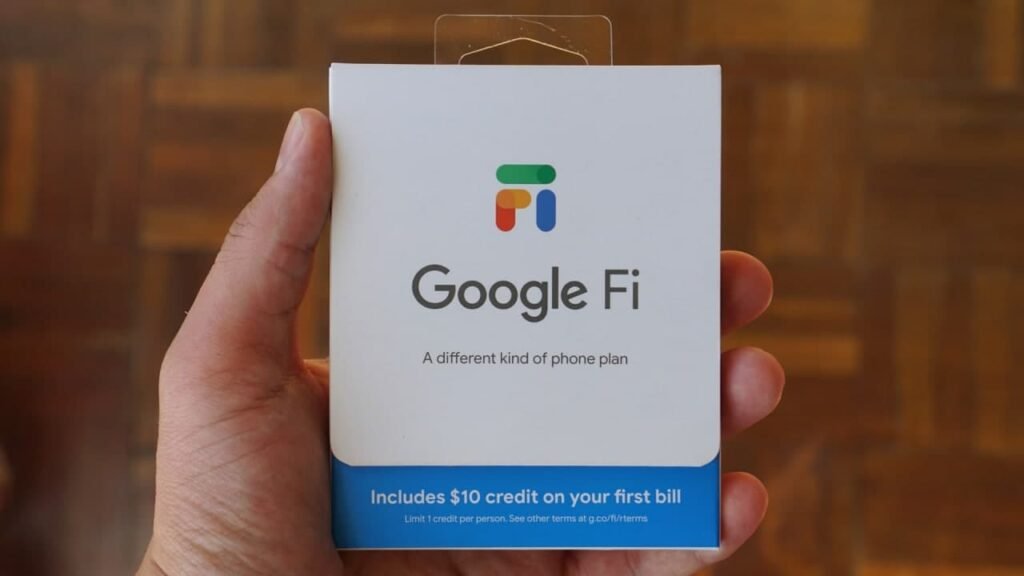Google Fi is often referred to as a Wireless smartphone service and many people are switching to it, but before doing so, it is better to know more about it. And this article will prove helpful in the context and answers some basic questions about it.
What is Google Fi?
Google Fi, previously called Project Fi, is an MVNO (Mobile Virtual Network Operator) telecommunications service by Google that provides telephone calls, SMS, and mobile broadband using cellular networks and Wi-Fi. It uses networks operated by T-Mobile and US Cellular its service is available in the 200+ countries and territories where they have coverage.
Google Fi was launched for the Nexus 6, as an invite-only, on April 22, 2015, and was opened to the public on March 7, 2016, and support for additional devices, including the Pixel and Pixel XL smartphones, was introduced on October 4, 2016. On November 28, 2018. After this Google rebranded Project Fi as Google Fi and added support for more phones, including partial support for iPhones.
Why to use Google Fi?
After knowing what it is, the next question arises that why one should switch to Google Fi. Answering this question, it is important to know that Google Fi automatically interchanges between networks depending on the signal strength and speed and automatically connects to open Wi-Fi hotspots while securing data with encryption which is done by an automatic VPN. Phone calls can be smoothly changed to a cellular network if Wi-Fi coverage is lost.
Its Users can use Google Hangouts on any device such as phone, tablet, or computer to call and text. As a part of a staged rollout, Google Fi also supports VoLTE, along with 5G (only on its Designed for Fi phones as well a Compatible with Fi phones) and it can automatically interchange between different networks.
A data-only SIM card can be used on supported tablets, smartphones, and car modems which will only have access to data, but not be to calls or transmit texts across cellular networks.
How does Google Fi work?
After knowing its advantages, it is important to know how one can easily switch to Fi and manage it. Thus, the listed points would be helpful for the same.
Sign up for Google Fi
If someone already has a number from a different carrier service that one wants to use must first switch carriers and port their phone number. One can sign up easily for Google Fi online in 15 minutes but can be difficult if the carrier does not allow to take a number, thus Google is into play and checks if one can transfer when signed up.
Setting up the device for Google Fi
After signing up, Fi requires a special SIM card which can either be bought with a new phone or Google will ship a free SIM card that can be used in the existing phone. To check whether one’s existing phone is compatible with Google Fi, Google’s checker tool is there or one can go through the full list of compatible phones which includes the most popular Android phones and iPhone models from 5S on up. The list also includes Google Pixel as it has an integrated eSIM that works with Fi and gets started easily.
If someone doesn’t owe a Fi compatible phone, then one can buy a specially designed phone for the same directly from Google Fi during sign-up. It will be received unlocked and can be used with another carrier network.

Switching networks
Once signed up for Google Fi and setting it up, one can start using their phone like normal. One can easily text, call, and use data with three carrier networks it uses and Wi-Fi networks.
Fi uses the phone’s Wi-Fi assistant to constantly search for and connect to good Wi-Fi networks and also takes any solid connection and route it through a VPN for your safety. If one chooses to toggle between, such as T-Mobile and a Wi-Fi hotspot, it would be difficult to notice the same.
The user would no longer be paying for mobile data, and calls, and texts and it will work smoothly on mobile data.
Another side of the coin is that although Google Fi works with most unlocked phones, they won’t be able to do network switching as in this case, the T-Mobile network is used for the most part, and one won’t be able to benefit from Fi’s VPN features.
But one still gets international roaming, simplified billing, and more, and to avoid this situation, it is recommended to use either a “designed” for Fi phone or a Pixel with eSIM, rather than a random unlocked phone which is claimed to be compatible.
International calling
Google Fi works in over 200 countries, with no additional cost for data or texting in which call costs around $0.20 per min to any number while abroad and can be paid at low rates when called over Wi-Fi and on the other side Data used internationally is charged like normal which is $10 per gigabyte until Bill Protection kicks in.
You can see the plan details here.
Managing account
To manage an account, one must prefer their billing and do something related to Google Fi, which would fire up the Fi app for iOS or Android.
Google Fi automatically interchanges between networks depending on the signal strength and speed and automatically connects to open Wi-Fi hotspots while securing data with encryption which is done by an automatic VPN.
But it can be expensive if a lot of data (i.e., $80/month for 15GB of data) is used and one needs a specific Google Fi phone to utilize all networks. Thus, before switching to Google Fi one should plan it certainly.
